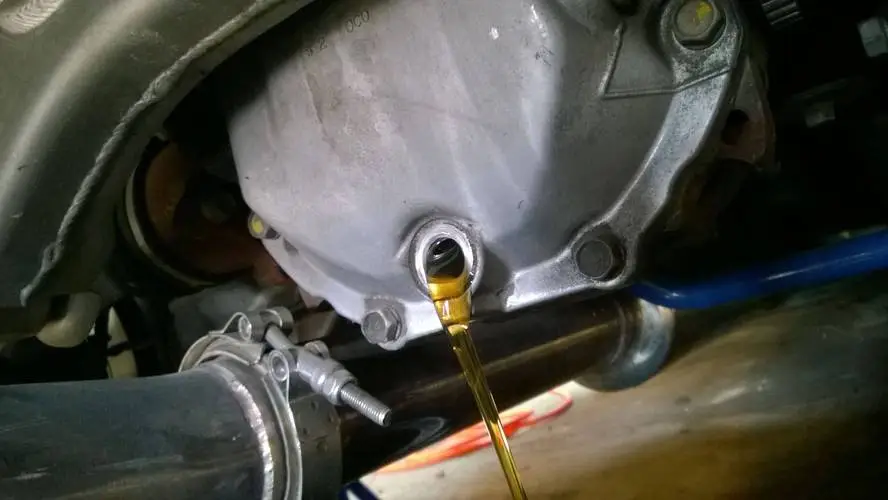Gear break-in procedures for differential gears are critical for ensuring the longevity and performance of these components. The break-in process helps to seat the gears properly, allowing them to wear in gradually and evenly. This reduces the risk of premature failure and ensures smooth operation. Here's an introduction to this important topic:
Boost your machinery's performance with premium differential gears from Shanghai Michigan Mechanical Co., Ltd. Our high-quality gears offer superior reliability and efficiency, setting a new industry standard. Whether upgrading current equipment or starting a new project, our team provides top-notch products and customer service. Elevate your operations today—contact Shanghai Michigan Mechanical Co., Ltd. and see the difference precision engineering makes!
Importance of Break-In
The break-in period is crucial for differential gears as it allows the surfaces of the gears to mate properly under controlled conditions. This process helps to:
◆ Reduce Initial Wear: Proper break-in minimizes excessive wear and tear during the initial period of use.
◆ Enhance Performance: Ensures smooth and efficient operation by allowing gears to seat correctly.
◆ Prevent Premature Failure: Helps in identifying any initial manufacturing defects or installation issues early on.
Steps in the Break-In Procedure
1. Initial Run-In:
◆ Low-Speed Driving: For the first 200-300 miles, it is recommended to drive at moderate speeds (below 55 mph) and avoid heavy acceleration or towing. This helps the gears to wear in gradually without being subjected to high stress.
◆ Varying Speed: Avoid constant speeds during the break-in period. Varying the speed helps to distribute the wear more evenly across the gear surfaces.
2. Heat Cycles:
◆ Cool-Down Periods: After the initial run-in, it's important to let the differential cool down. Heat cycles help to relieve any stresses in the metal caused by the manufacturing process or installation.
◆ Moderate Use: Gradually increase the load and speed after several heat cycles. This allows the gear oil to fully penetrate the gear surfaces, providing better lubrication and reducing friction.

3. Regular Inspection and Oil Change:
◆ Oil Change: After the break-in period, it's advisable to change the differential oil. The initial wear can produce fine metal particles, which should be removed to prevent damage.
◆ Inspection: Check for any unusual noise or vibrations, which could indicate improper installation or potential issues.
Benefits of Proper Break-In
◆ Extended Gear Life: Proper break-in extends the life of the gears by ensuring they operate smoothly and efficiently.
◆ Reduced Noise: Minimizes gear noise, which is often a result of improper mating surfaces.
◆ Improved Reliability: Increases the overall reliability and performance of the differential.
Following a proper gear break-in procedure is essential for maintaining the health and performance of differential gears. Neglecting this process can lead to premature wear, increased noise, and even gear failure. Therefore, adhering to the recommended break-in steps and conducting regular maintenance checks are key practices for anyone dealing with differential gears.
Post time: Jul-10-2024








